Home>Gardening & Outdoor>Landscaping Ideas>How To Grow Grass Seed In Colorado
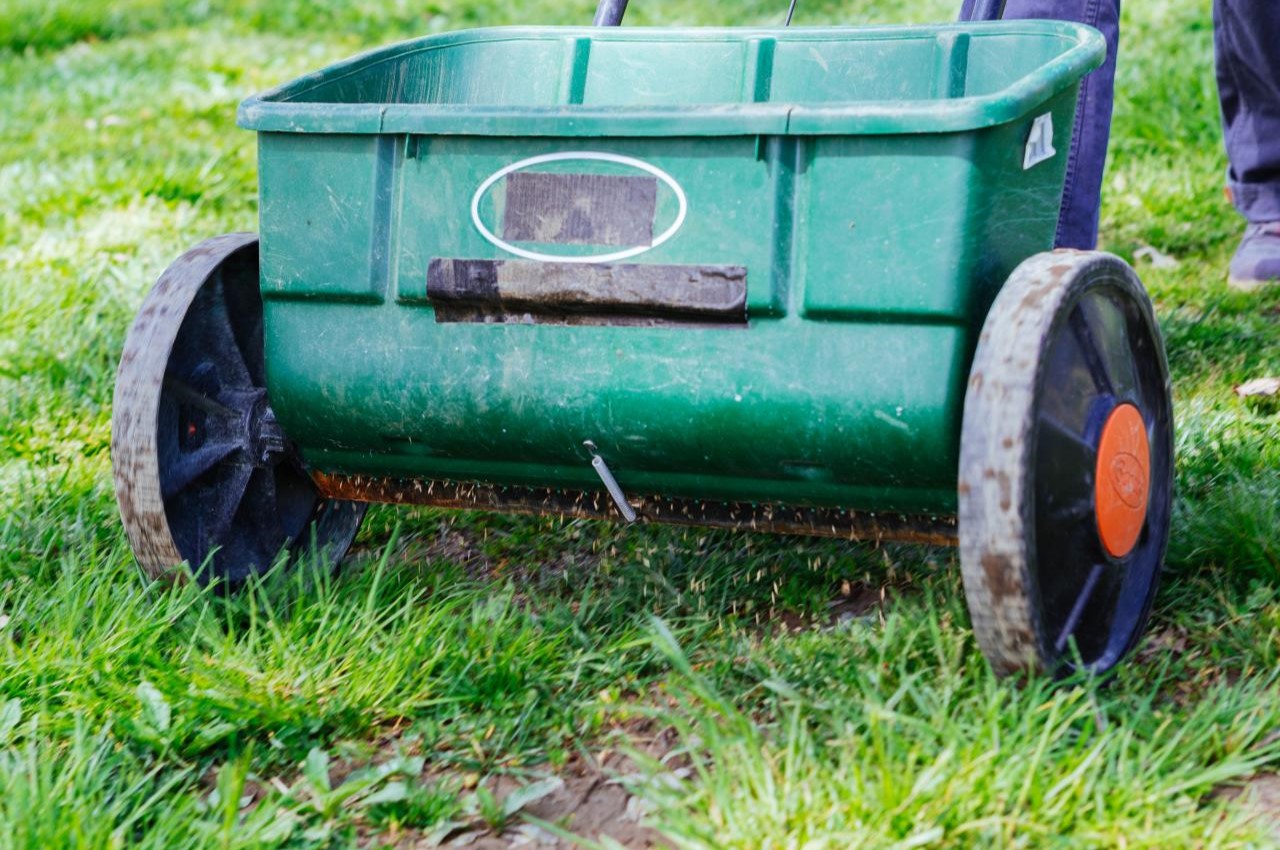

Landscaping Ideas
How To Grow Grass Seed In Colorado
Modified: September 2, 2024
Learn effective landscaping ideas for growing grass seed in Colorado. Discover expert tips and techniques for successful lawn care in the challenging Colorado climate.
(Many of the links in this article redirect to a specific reviewed product. Your purchase of these products through affiliate links helps to generate commission for Storables.com, at no extra cost. Learn more)
Introduction
Welcome to the breathtaking state of Colorado, where the majestic Rocky Mountains, stunning landscapes, and diverse ecosystems create a unique and awe-inspiring environment. If you’re a homeowner or a landscaping enthusiast in Colorado, you understand the distinct challenges and rewards of cultivating a lush, vibrant lawn in this dynamic region. Growing grass seed in Colorado requires careful consideration of the climate, soil conditions, and specific grass seed varieties that thrive in this environment.
In this comprehensive guide, we will delve into the intricacies of growing grass seed in Colorado, offering valuable insights and practical tips to help you achieve a healthy and resilient lawn. From understanding the climate and selecting the right grass seed to preparing the soil, planting the seed, and addressing common challenges, this article will equip you with the knowledge and confidence to embark on a successful lawn-growing journey in Colorado.
Whether you’re a new homeowner looking to establish a beautiful lawn or a seasoned gardener seeking to enhance your landscaping skills, this guide is tailored to provide you with the essential information needed to grow thriving grass in the unique climate of Colorado. Let’s embark on this green-fingered adventure and unlock the secrets to growing lush, resilient grass seed in the picturesque landscapes of Colorado.
Key Takeaways:
- Growing grass seed in Colorado requires choosing the right grass seed varieties that can withstand the state’s diverse climate and elevation, promoting the successful establishment of a resilient and visually appealing lawn.
- Proper soil preparation, thoughtful planting practices, efficient water management, and proactive strategies for addressing common challenges are essential for nurturing a healthy and vibrant lawn that thrives in Colorado’s dynamic environment.
Read more: When To Plant Grass Seed In Colorado
Understanding the Climate in Colorado
Colorado’s climate is characterized by its diverse microclimates, high elevation, and varying temperature extremes, presenting a unique set of challenges for growing grass seed. The state experiences a semi-arid to arid climate in most regions, with low annual precipitation and intense sunlight. Understanding the climate is crucial for selecting grass seed varieties that can withstand Colorado’s climatic conditions.
One of the key factors to consider is the state’s varying elevation. Colorado’s elevation ranges from the high plains in the east to the alpine tundra in the Rocky Mountains, resulting in significant differences in temperature and precipitation. The eastern plains generally have lower precipitation and higher temperatures, while the mountainous regions experience cooler temperatures and more moisture.
Additionally, Colorado is known for its dramatic weather patterns, including sudden temperature fluctuations, strong winds, and occasional hailstorms. These factors can impact the health and growth of grass, making it essential to choose resilient grass seed varieties that can adapt to these fluctuations.
Another important consideration is the state’s annual precipitation patterns. While some regions receive minimal rainfall, others benefit from a slightly more generous amount. It’s crucial to take into account the specific precipitation levels in your area when selecting grass seed, as different varieties have varying water requirements and drought tolerance.
Colorado’s climate presents a unique blend of challenges and opportunities for growing grass seed. By understanding the nuances of the state’s climate, you can make informed decisions when choosing the most suitable grass seed varieties and implementing effective lawn care practices to ensure the success of your lawn in Colorado’s dynamic environment.
Choosing the Right Grass Seed
When it comes to growing grass in Colorado, selecting the right grass seed is a pivotal decision that significantly impacts the success of your lawn. Given the state’s diverse climate and varying elevation, it’s essential to choose grass seed varieties that are well-suited to Colorado’s unique environmental conditions.
One of the primary considerations when choosing grass seed is the climate zone in which you reside. Colorado encompasses different climate zones, each with its own set of challenges. For the lower elevation and drier regions, warm-season grasses such as Bermuda grass and buffalo grass are well-adapted to the arid conditions and intense sunlight. In contrast, cool-season grasses like Kentucky bluegrass and fescue varieties thrive in the higher elevation and cooler temperatures of the mountainous regions.
It’s also crucial to assess the specific growing conditions of your lawn, including factors such as sunlight exposure, soil type, and water availability. For areas with ample sunlight and well-draining soil, warm-season grasses are a suitable choice. Conversely, shady or cooler locations may require the planting of cool-season grass varieties that are more tolerant of lower light levels and cooler temperatures.
Furthermore, considering the water requirements of different grass seed varieties is essential, especially in Colorado’s semi-arid to arid climate. Drought-tolerant grasses such as tall fescue and fine fescue can thrive with minimal water, making them well-suited for areas with limited irrigation capabilities. Selecting grass seed that aligns with your region’s water availability helps promote water conservation and sustainable lawn maintenance practices.
When choosing grass seed, it’s beneficial to prioritize native and adapted grass species that are naturally resilient to Colorado’s environmental stressors. Native grasses have evolved to thrive in the state’s unique climate, making them inherently well-suited for sustainable and low-maintenance landscaping. Additionally, selecting certified seed varieties ensures high quality and genetic purity, contributing to the establishment of a healthy and robust lawn.
By carefully considering the climate zone, growing conditions, water requirements, and the adaptability of grass seed varieties, you can make informed choices that promote the successful growth of a resilient and visually appealing lawn in Colorado. Selecting the right grass seed sets the foundation for a thriving lawn that enhances the beauty of your outdoor space while withstanding the challenges of Colorado’s dynamic climate.
Preparing the Soil
Before planting grass seed in Colorado, it’s crucial to prepare the soil to create an optimal environment for germination and healthy root development. Soil preparation plays a vital role in ensuring the success of your lawn, particularly in Colorado’s diverse and sometimes challenging growing conditions.
One of the initial steps in soil preparation is to assess the soil’s composition and structure. Colorado’s soils vary widely, ranging from clayey soils in some regions to sandy or loamy soils in others. Conducting a soil test can provide valuable insights into the soil’s pH levels, nutrient content, and texture, enabling you to make informed decisions about soil amendments and fertilization.
After assessing the soil, incorporating organic matter such as compost or well-rotted manure can enhance soil structure and fertility. Amending the soil with organic materials improves moisture retention, promotes beneficial microbial activity, and provides essential nutrients for the growing grass seed. Additionally, organic matter helps mitigate the challenges posed by Colorado’s arid climate by enhancing the soil’s water-holding capacity.
Furthermore, addressing soil compaction is crucial for promoting healthy root growth and water infiltration. Aerating the soil using a core aerator or aeration machine alleviates compaction, allowing air, water, and nutrients to penetrate the soil more effectively. This process creates a favorable environment for the developing grass roots and encourages robust turf establishment.
Applying a balanced fertilizer based on the results of the soil test can provide the necessary nutrients for the initial growth stages of the grass seed. Selecting a fertilizer with a balanced ratio of nitrogen, phosphorus, and potassium supports healthy root development and overall plant vigor, setting the stage for a resilient and vibrant lawn.
In regions where soil erosion is a concern, implementing erosion control measures such as installing silt fences or utilizing erosion control blankets can help safeguard the soil and newly planted grass seed from the impact of wind and water erosion. These measures are particularly important in areas with sloping terrain or in the aftermath of soil-disturbing activities.
By meticulously preparing the soil through soil testing, organic matter incorporation, soil aeration, fertilization, and erosion control, you can create an ideal foundation for successful grass seed germination and establishment in Colorado. Thoughtful soil preparation sets the stage for a healthy and enduring lawn, ensuring that your landscaping endeavors yield lush, resilient grass that enriches the natural beauty of Colorado’s landscapes.
Choose a grass seed blend that is specifically designed for Colorado’s climate and soil conditions. Water the newly seeded area frequently, but lightly, to keep the soil moist until the grass is established.
Planting the Grass Seed
As you embark on the journey of growing grass seed in Colorado, the process of planting the seed is a pivotal step that sets the stage for lush and resilient turf. Whether you’re establishing a new lawn or overseeding an existing one, mindful planting practices can significantly impact the success of your grass seed germination and establishment.
Timing is crucial when planting grass seed in Colorado, as it directly influences the seed’s ability to germinate and thrive. The optimal time for planting grass seed in Colorado typically falls in the late summer to early fall, aligning with the region’s cooler temperatures and increased precipitation. Planting during this period allows the grass seed to take advantage of favorable growing conditions and establish strong roots before the onset of winter.
Prior to planting, it’s essential to prepare the seedbed by raking the soil to create a smooth and level surface. This facilitates even seed distribution and ensures good seed-to-soil contact, promoting successful germination. Additionally, lightly compacting the soil after seeding helps secure the seeds in place and promotes moisture retention, contributing to the establishment of a healthy lawn.
When selecting grass seed, opt for high-quality certified seed varieties that are well-suited to Colorado’s climate and growing conditions. Distribute the seed evenly using a broadcast spreader, following the recommended seeding rates for the specific grass species. After broadcasting the seed, gently rake the soil to cover the seeds with a thin layer of soil, aiding in moisture retention and protecting the seeds from birds and other potential disturbances.
Ensuring adequate moisture is essential for successful germination and initial growth. Water the newly seeded area lightly and frequently, keeping the soil consistently moist but not waterlogged. This encourages the grass seed to germinate and establish a strong root system, setting the foundation for a healthy and vibrant lawn.
Implementing proper lawn care practices following seeding, such as avoiding foot traffic on the newly seeded area and monitoring soil moisture levels, supports the successful establishment of the grass seed. As the grass seedlings emerge and mature, gradually transitioning to a regular watering schedule and mowing at the appropriate height promotes the development of a resilient and visually appealing lawn.
By diligently following best practices for timing, seedbed preparation, seed selection, and moisture management, you can foster the successful germination and establishment of grass seed in Colorado. Thoughtful planting practices contribute to the creation of a lush and enduring lawn, enriching the outdoor spaces of Colorado with vibrant greenery and natural beauty.
Read more: When To Plant Grass In Colorado
Watering and Maintenance
Proper watering and maintenance are essential components of nurturing a healthy and vibrant lawn, especially when growing grass seed in the distinctive climate of Colorado. Thoughtful water management and diligent maintenance practices play a crucial role in promoting the establishment and long-term success of your grass seed, ensuring a lush and resilient lawn that enhances the natural beauty of Colorado’s landscapes.
Watering newly seeded areas requires careful attention to ensure consistent moisture levels that support germination and early growth. During the initial phase after planting, it’s crucial to keep the soil consistently moist but not saturated. Light and frequent watering, typically multiple times a day, helps maintain the necessary moisture for seed germination without creating waterlogged conditions. As the grass seedlings emerge and establish, gradually transitioning to a less frequent yet deeper watering schedule promotes the development of a robust root system.
Implementing an efficient irrigation system, such as a programmable sprinkler system or soaker hoses, can facilitate consistent and uniform water distribution, promoting even germination and growth across the seeded area. Adjusting the irrigation schedule based on weather conditions, including precipitation and temperature fluctuations, helps optimize water usage and encourages the grass to develop deep and resilient roots that are better equipped to withstand Colorado’s dynamic climate.
Regular monitoring of the soil moisture levels and visual assessment of the grass seedlings enable you to adjust the watering regimen as needed, ensuring that the lawn receives adequate moisture without excessive water accumulation. Additionally, avoiding overwatering and allowing the soil to partially dry between watering intervals promotes the development of a drought-tolerant and resilient turf.
As the grass seedlings mature, implementing a comprehensive maintenance routine is essential for nurturing a healthy and visually appealing lawn. This includes mowing the grass at the appropriate height, typically adhering to the one-third rule, which recommends removing no more than one-third of the grass blade length during each mowing session. Regular mowing promotes a dense and well-manicured turf while minimizing stress on the grass plants.
Furthermore, implementing a fertilization schedule based on soil test results and the specific nutrient requirements of the grass species fosters healthy growth and vibrant greenery. Selecting a balanced fertilizer and applying it at the recommended rates supports the lawn’s overall vigor and resilience, contributing to a visually appealing and sustainable landscape.
By integrating mindful watering practices, efficient irrigation, and comprehensive maintenance routines, you can nurture a thriving and resilient lawn that thrives in Colorado’s dynamic climate. Thoughtful water management and diligent maintenance efforts contribute to the creation of a lush and enduring landscape, enriching the outdoor spaces of Colorado with vibrant greenery and natural beauty.
Dealing with Common Challenges
As you cultivate a vibrant and resilient lawn in Colorado, it’s essential to be prepared to address common challenges that may arise during the growth and maintenance of your grass seed. Colorado’s diverse climate, soil conditions, and environmental factors can present unique obstacles, but with proactive strategies and informed approaches, you can effectively manage and overcome these challenges, nurturing a healthy and visually appealing lawn.
One of the prevalent challenges in Colorado is the presence of weeds that can compete with the grass seed for resources and hinder its growth. Implementing an integrated weed management approach, including proactive weed prevention, targeted herbicide application, and promoting a dense and healthy turf through proper maintenance practices, helps mitigate weed infestations and supports the successful establishment of the grass seed.
Another common challenge is the presence of pests that can potentially damage the grass seedlings and compromise the overall health of the lawn. Monitoring for signs of pest activity and implementing appropriate pest control measures, such as natural predators, targeted insecticides, or cultural practices that discourage pest infestations, helps safeguard the grass seed from detrimental pest damage.
Colorado’s semi-arid to arid climate also poses the challenge of managing water efficiently to support the lawn’s growth while promoting water conservation. Implementing water-wise practices, such as adjusting the irrigation schedule based on weather conditions, utilizing drought-tolerant grass species, and enhancing soil moisture retention through organic matter incorporation, helps optimize water usage and fosters a resilient and sustainable lawn.
Furthermore, Colorado’s fluctuating temperature extremes and intense sunlight can pose challenges for maintaining a healthy lawn. Selecting grass seed varieties that are well-adapted to the specific climate zone, implementing proper lawn care practices, and providing adequate shade and moisture during periods of extreme heat contribute to the resilience of the grass and its ability to withstand environmental stressors.
Soil erosion, particularly in areas with sloping terrain or disturbed soils, presents another common challenge that can impact the health and stability of the grass seed. Implementing erosion control measures, such as installing erosion control blankets, establishing vegetative cover, and promoting healthy soil structure through organic matter incorporation and aeration, helps mitigate the impact of soil erosion and supports the successful establishment of the grass seed.
By proactively addressing common challenges through integrated pest management, water-wise practices, appropriate grass seed selection, and soil conservation measures, you can effectively manage the obstacles that arise when growing grass seed in Colorado. Thoughtful strategies and informed approaches enable you to nurture a resilient and visually appealing lawn that thrives in the unique and dynamic environment of Colorado, enriching outdoor spaces with lush greenery and natural beauty.
Conclusion
Embarking on the journey of growing grass seed in Colorado is a rewarding endeavor that allows you to create a vibrant and resilient lawn amidst the state’s diverse and dynamic landscapes. By understanding the nuances of Colorado’s climate, selecting the right grass seed varieties, and implementing thoughtful planting, watering, and maintenance practices, you can cultivate a healthy and visually appealing lawn that enriches the natural beauty of your outdoor spaces.
Colorado’s unique climate, characterized by varying elevations, temperature extremes, and semi-arid to arid conditions, presents both challenges and opportunities for growing grass seed. By carefully considering the specific climate zone, soil composition, and water availability in your region, you can select grass seed varieties that are inherently well-suited to Colorado’s environmental conditions, promoting the successful establishment of a resilient and vibrant lawn.
Thoughtful soil preparation, including organic matter incorporation, soil aeration, and erosion control measures, sets the stage for successful grass seed germination and healthy root development. Implementing proper planting practices, timing, and moisture management supports the initial growth stages of the grass seed, fostering the establishment of a robust and enduring lawn that thrives in Colorado’s dynamic climate.
Effective water management and comprehensive maintenance routines, including efficient irrigation, proper mowing, and balanced fertilization, contribute to the long-term health and resilience of the grass seed, enabling it to withstand environmental stressors and flourish in Colorado’s diverse landscapes. By proactively addressing common challenges, such as weed and pest management, water conservation, and soil erosion, you can nurture a thriving and visually appealing lawn that enhances the natural beauty of Colorado’s outdoor environments.
As you embark on this green-fingered journey, remember that growing grass seed in Colorado is not just about cultivating a lush lawn; it’s about creating a living tapestry that harmonizes with the state’s breathtaking natural scenery. By integrating informed practices, proactive strategies, and a deep appreciation for Colorado’s unique environment, you can cultivate a resilient and visually captivating lawn that enriches your outdoor spaces and embodies the enduring beauty of Colorado’s landscapes.
So, roll up your sleeves, embrace the challenges, and savor the rewards of growing vibrant grass seed in Colorado. With each blade of grass, you contribute to the natural allure of this remarkable state, creating a living testament to the harmony between human cultivation and the awe-inspiring landscapes of Colorado.
Frequently Asked Questions about How To Grow Grass Seed In Colorado
Was this page helpful?
At Storables.com, we guarantee accurate and reliable information. Our content, validated by Expert Board Contributors, is crafted following stringent Editorial Policies. We're committed to providing you with well-researched, expert-backed insights for all your informational needs.
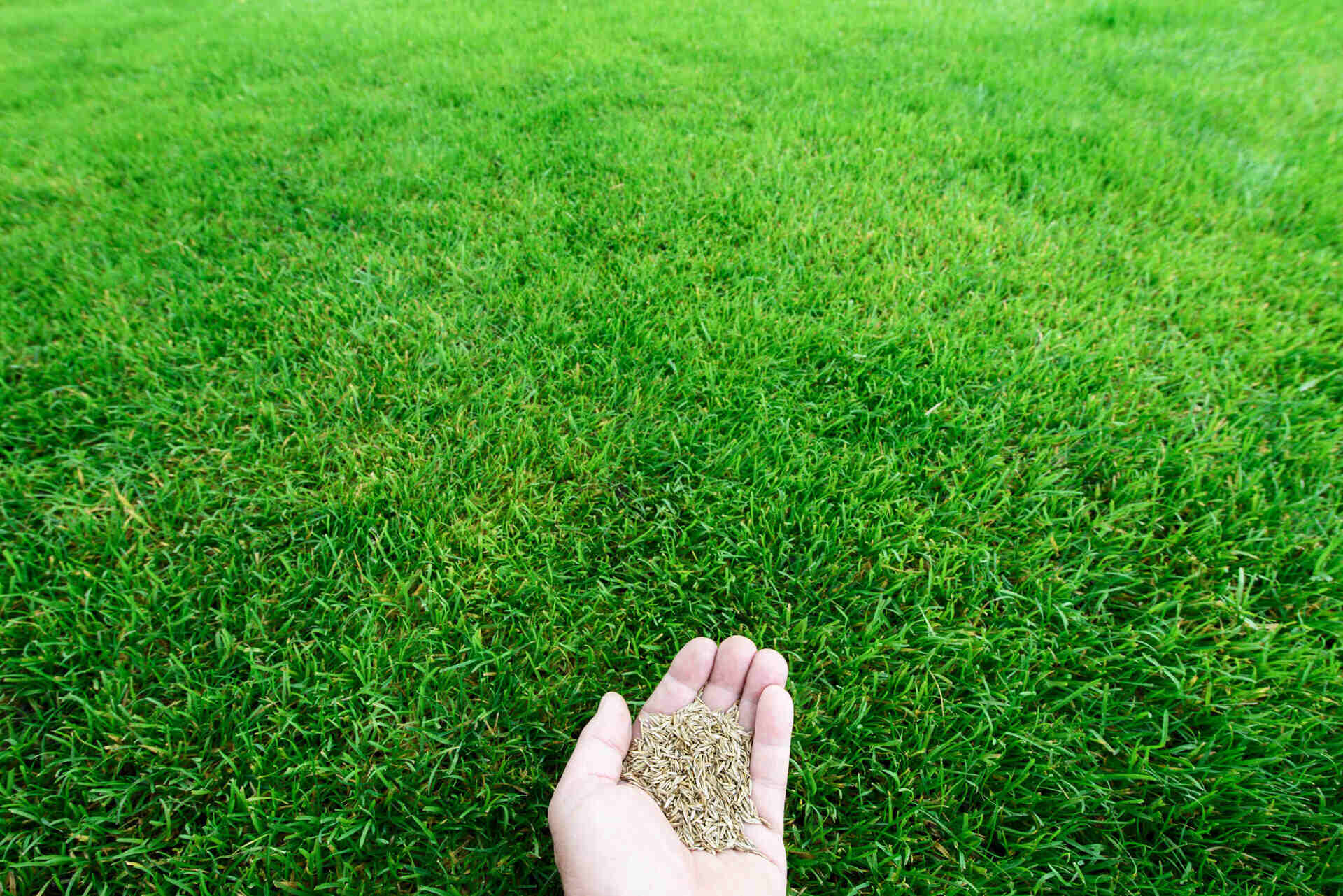

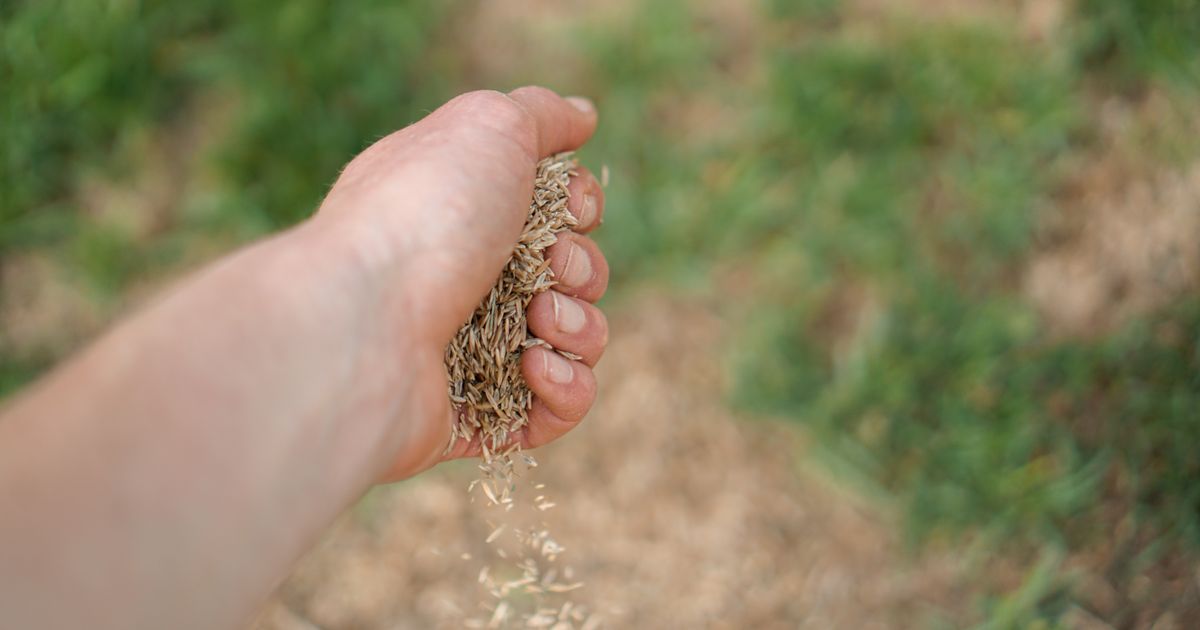
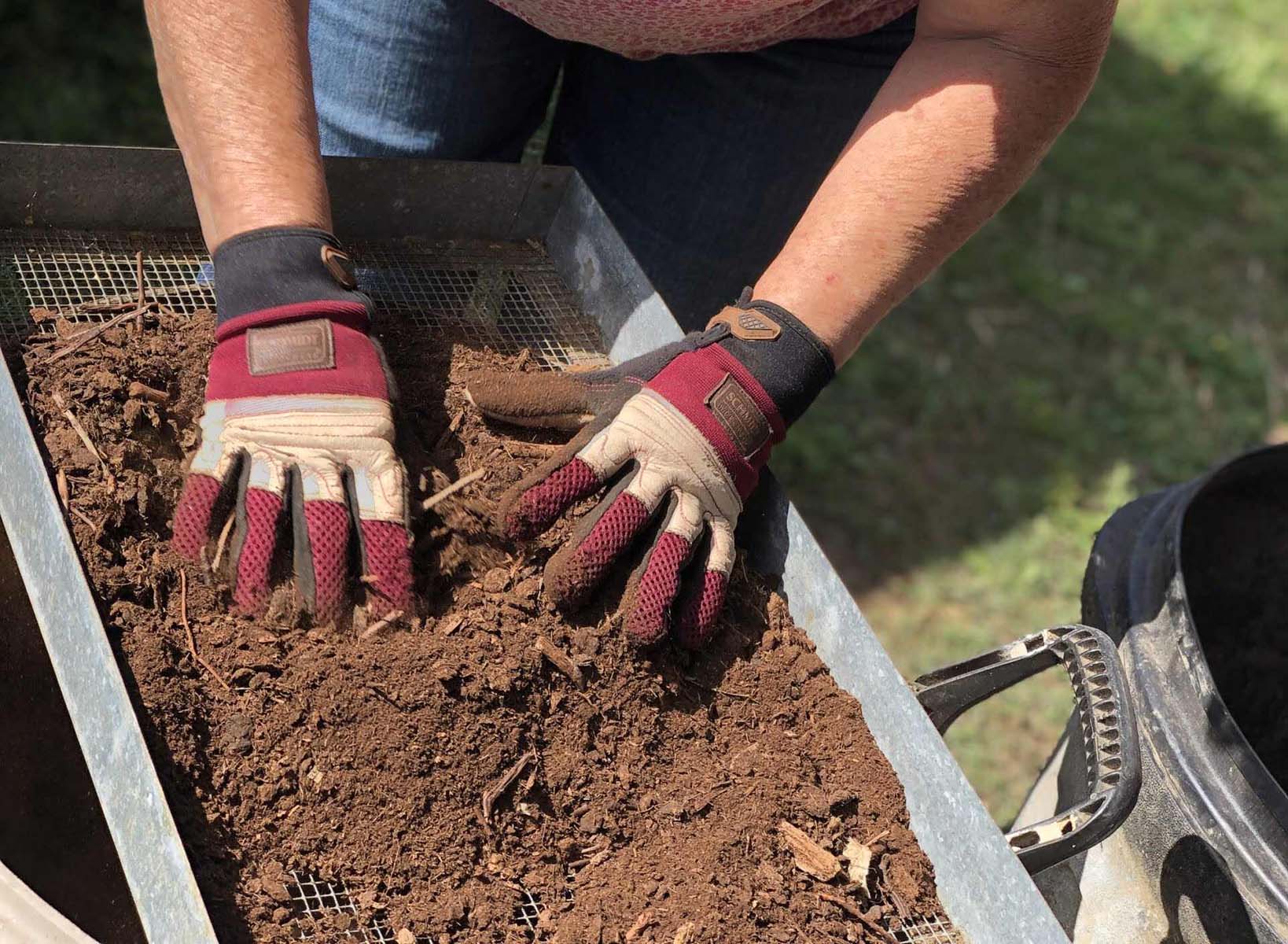
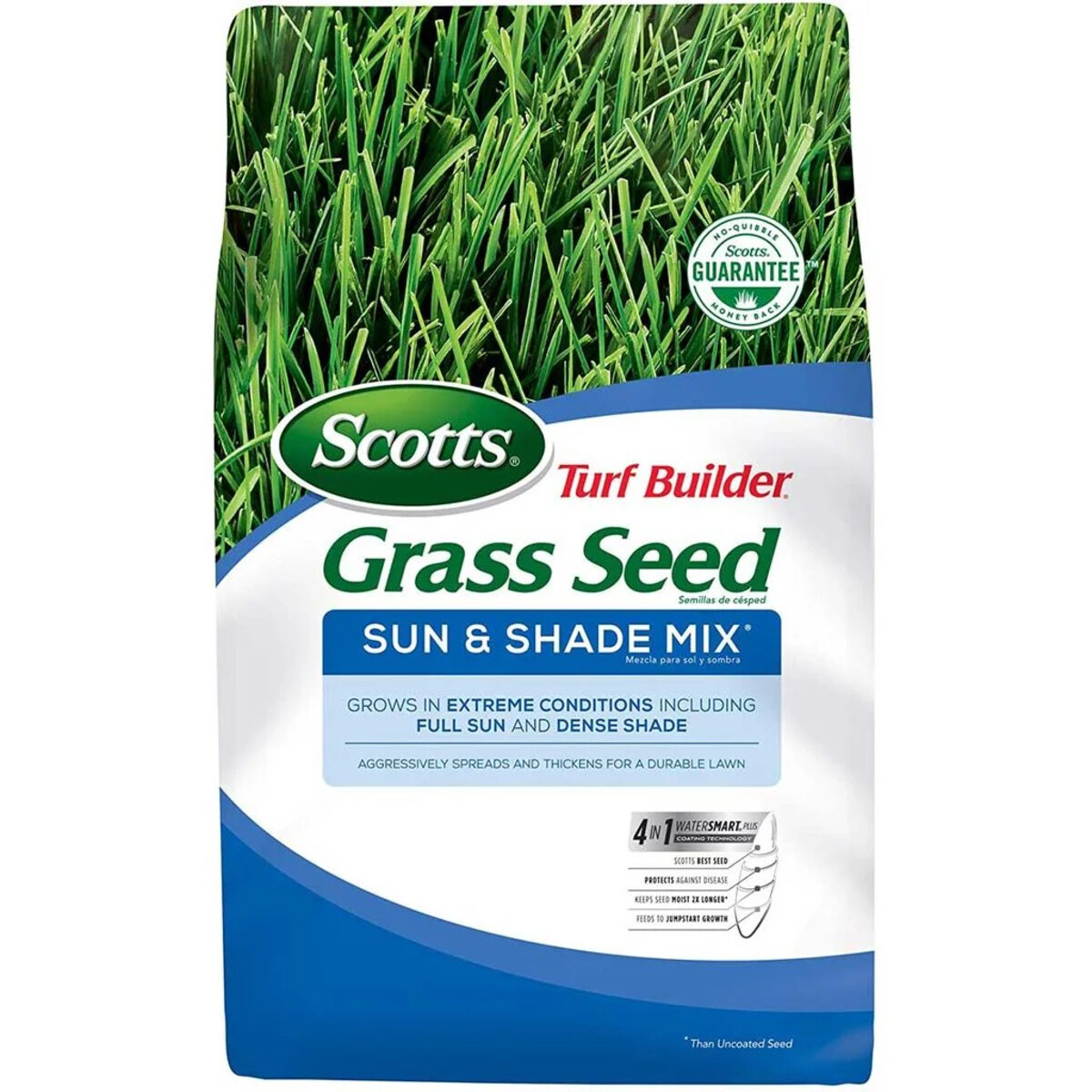
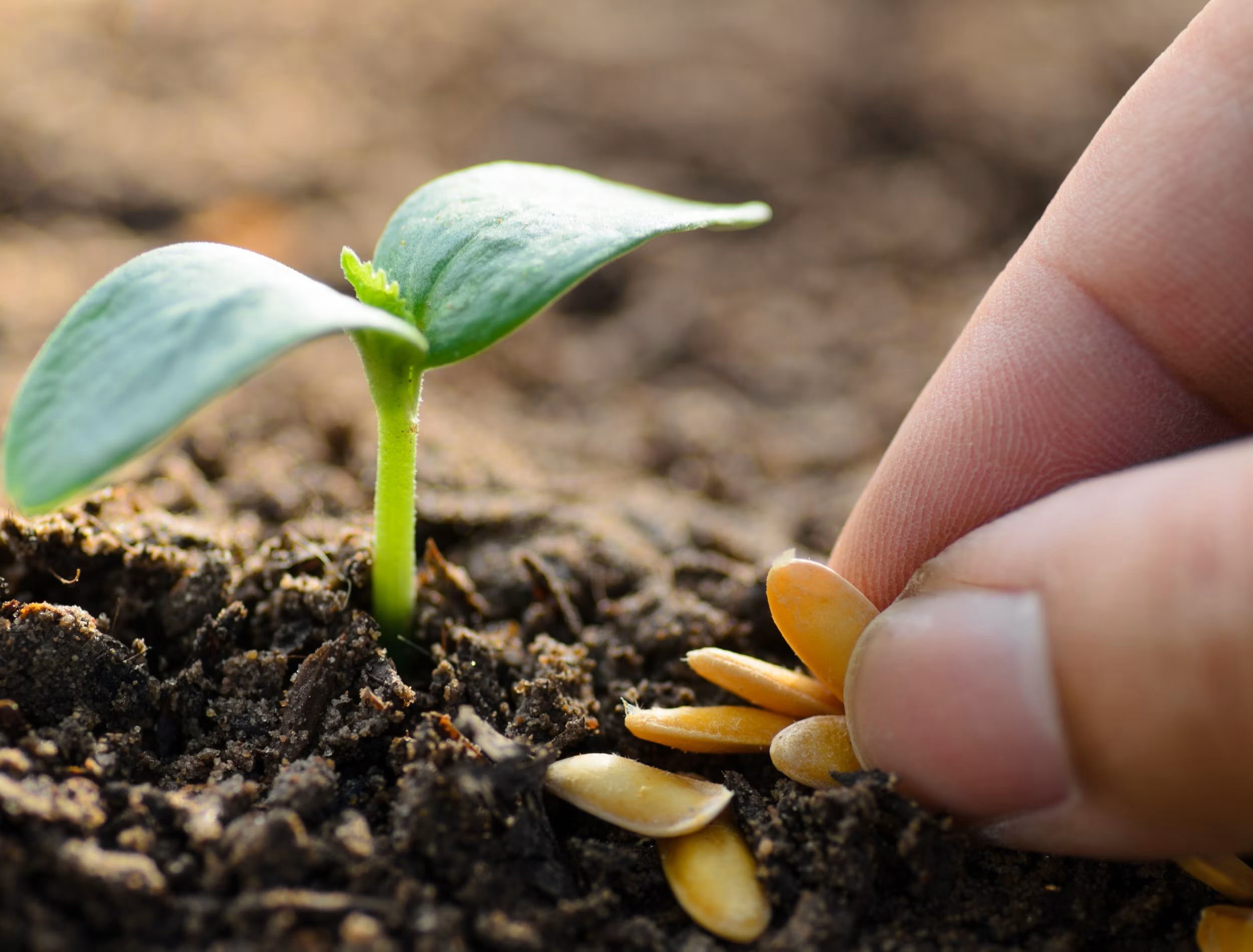


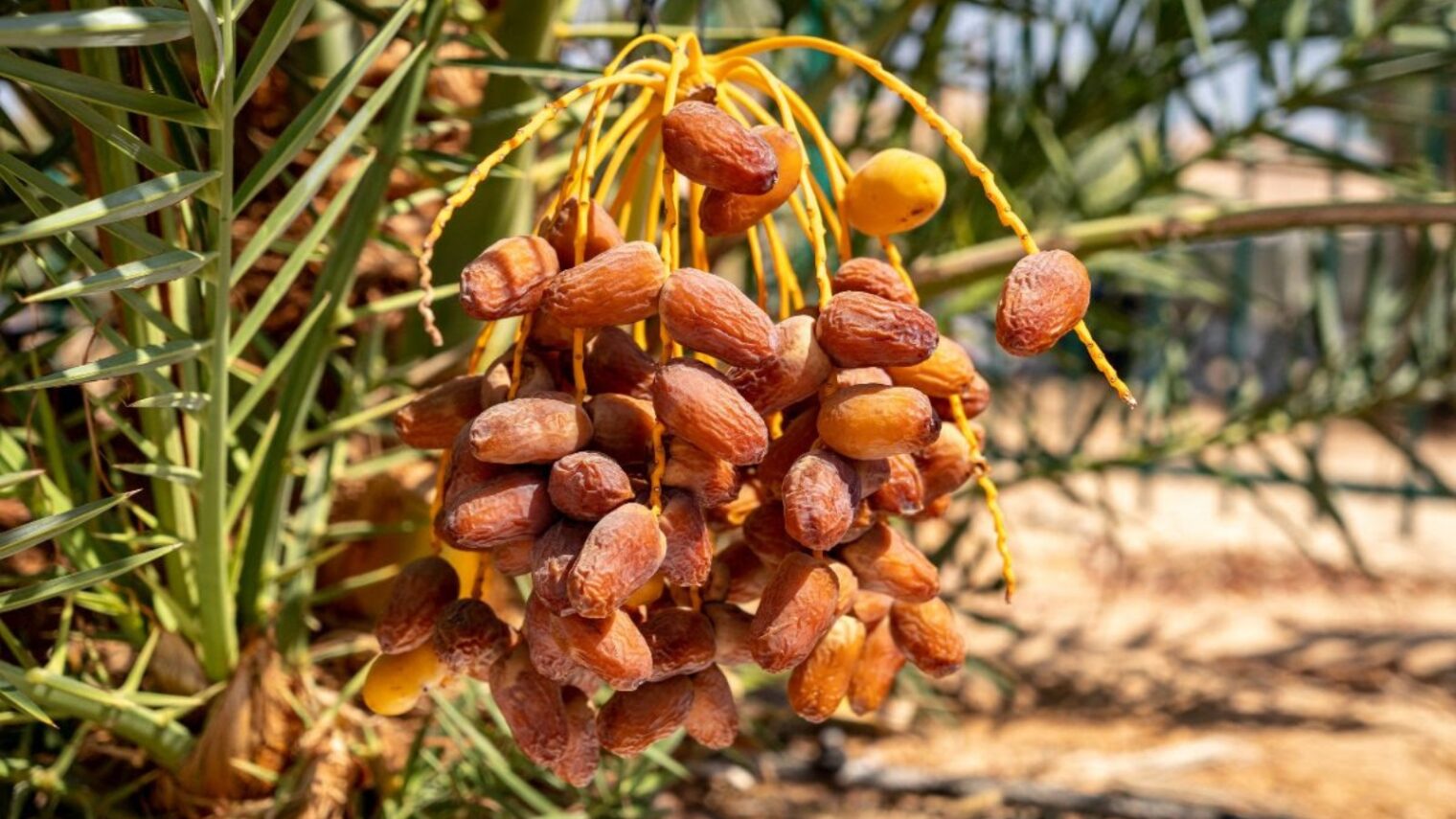
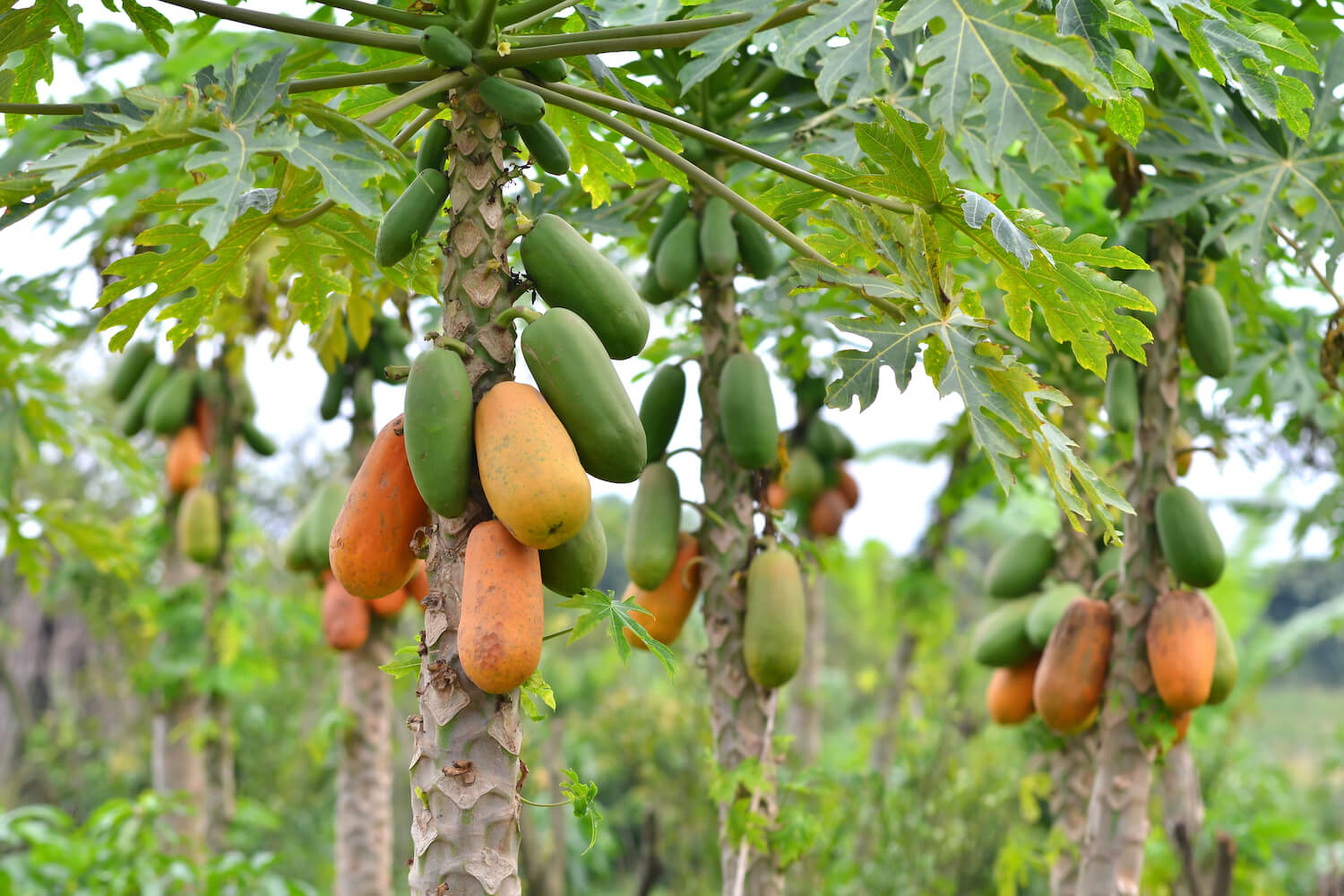

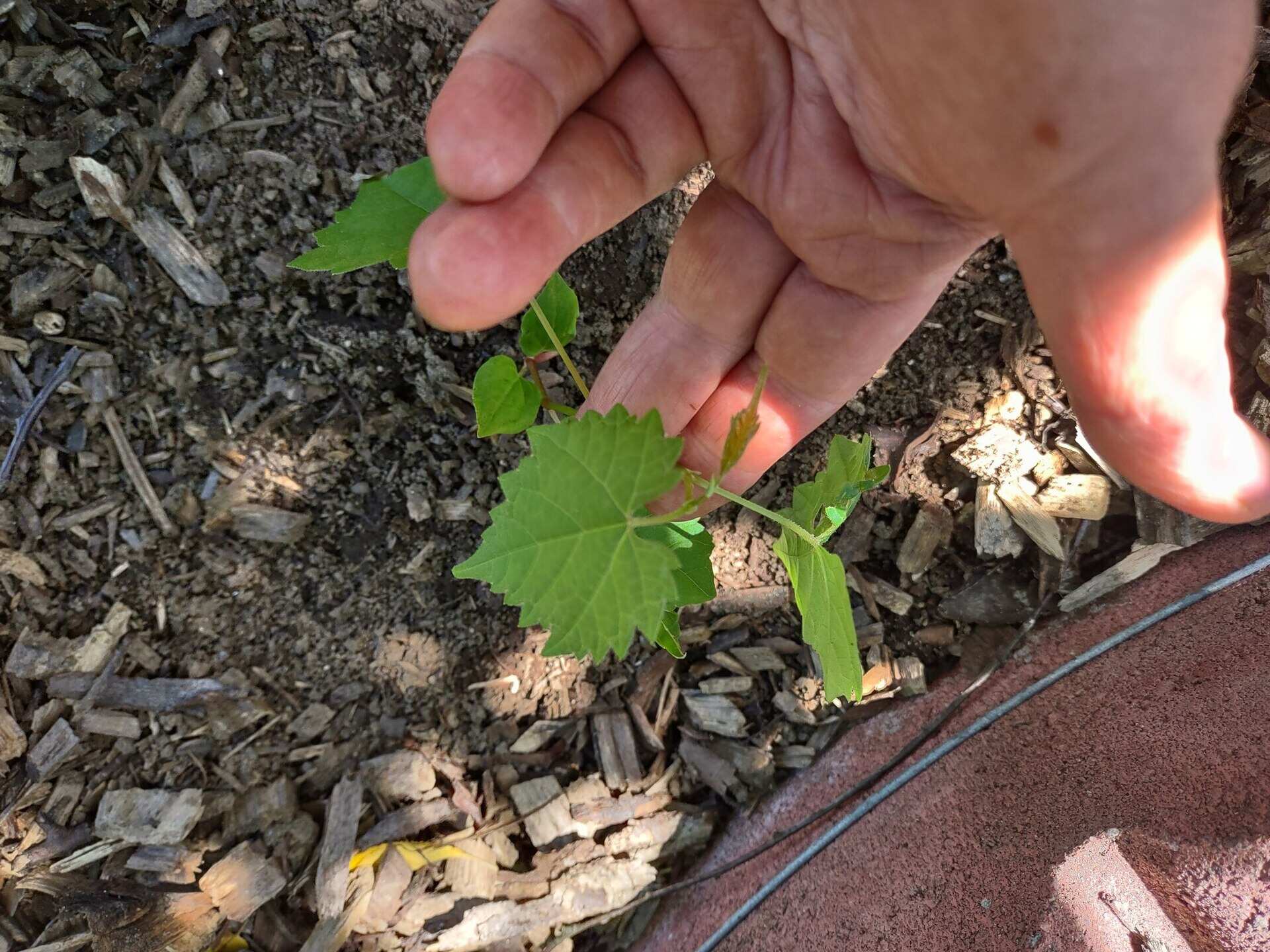

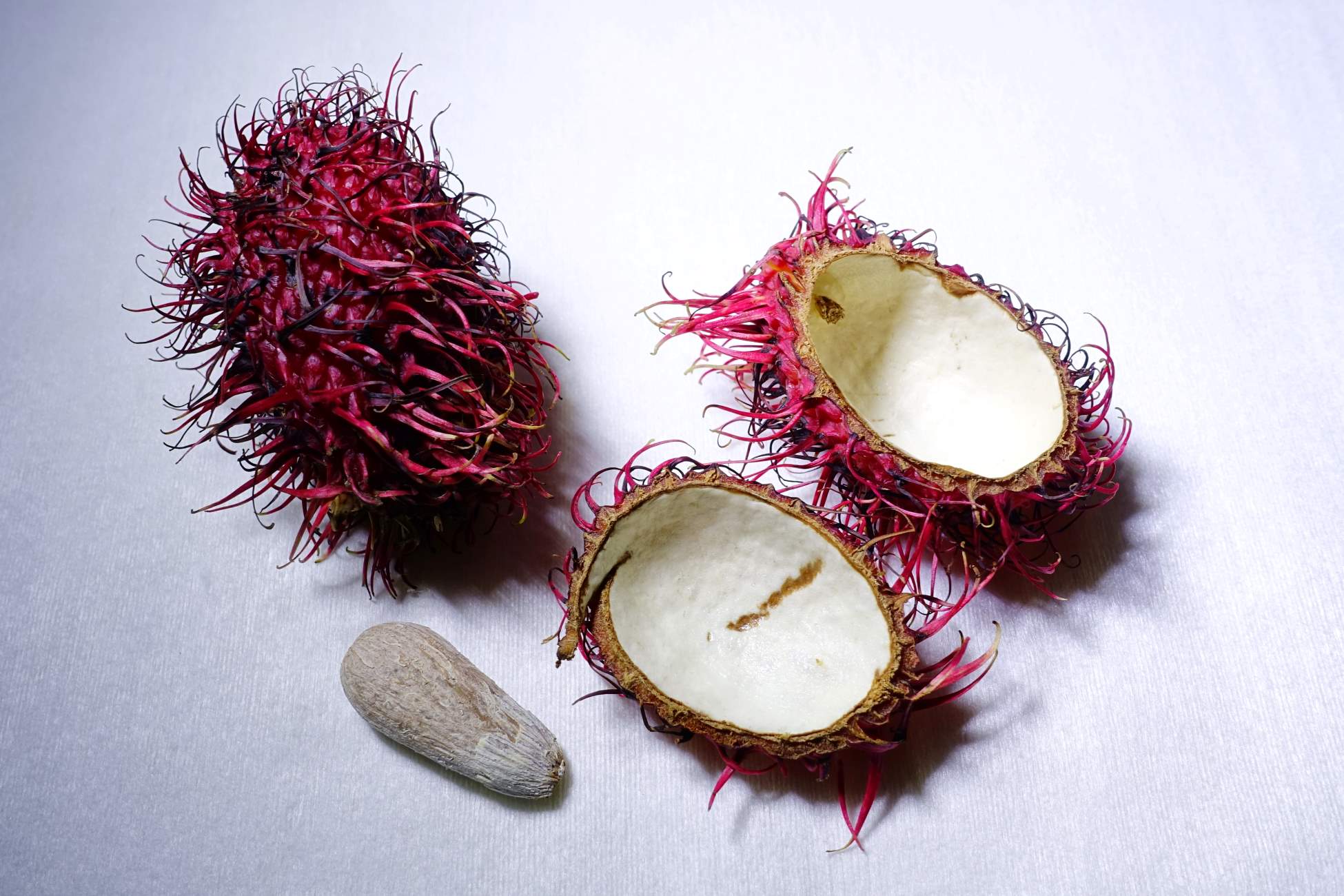

0 thoughts on “How To Grow Grass Seed In Colorado”